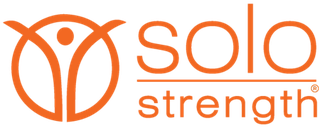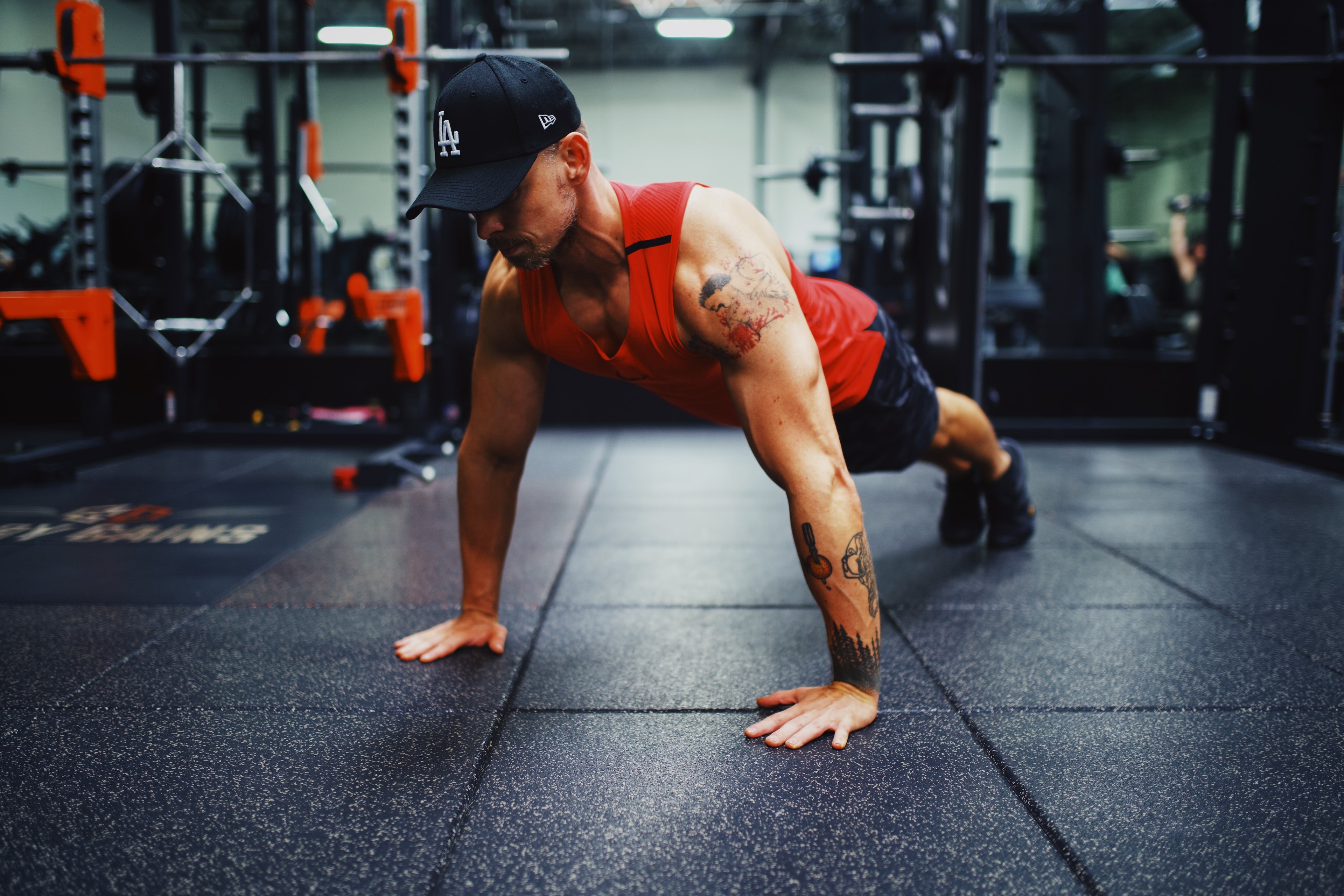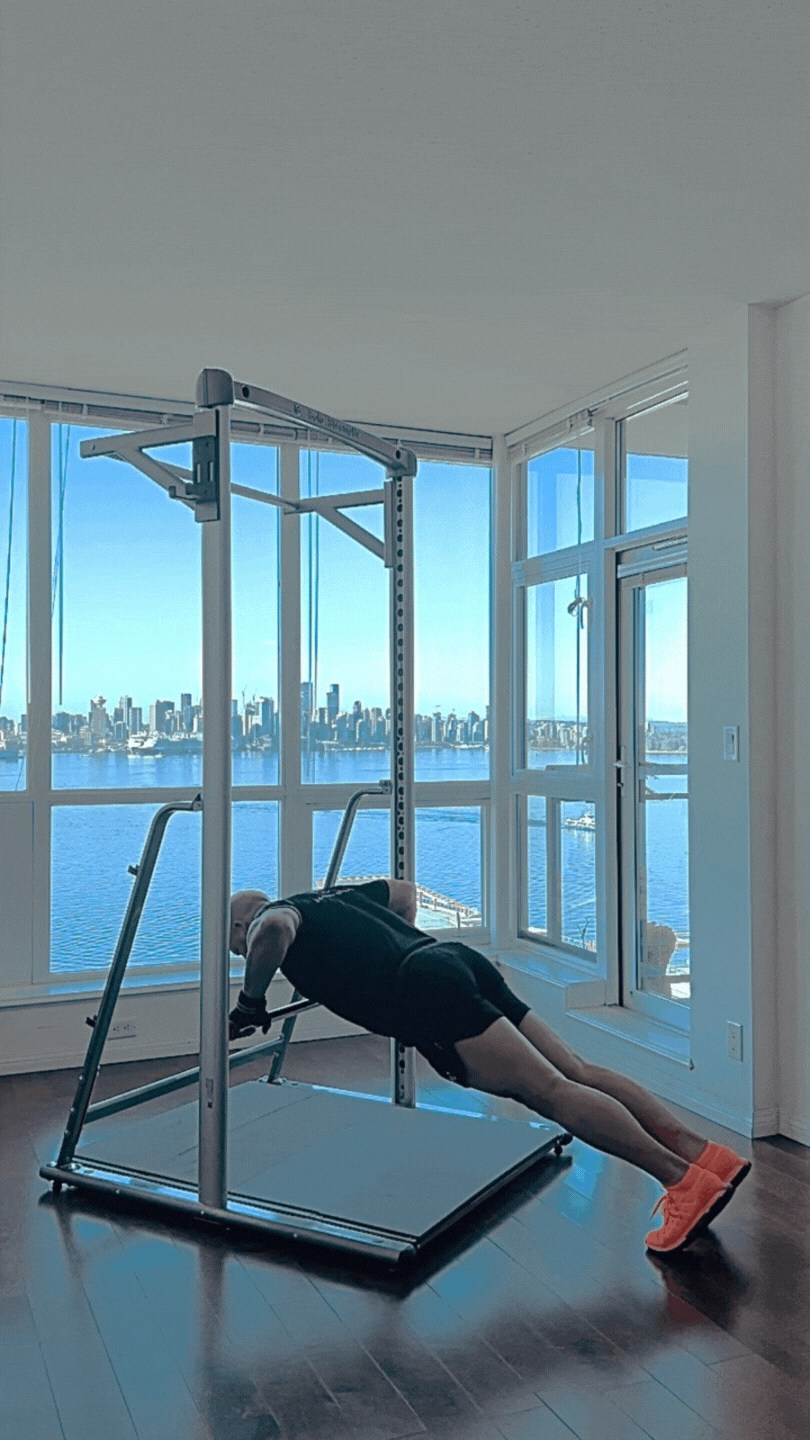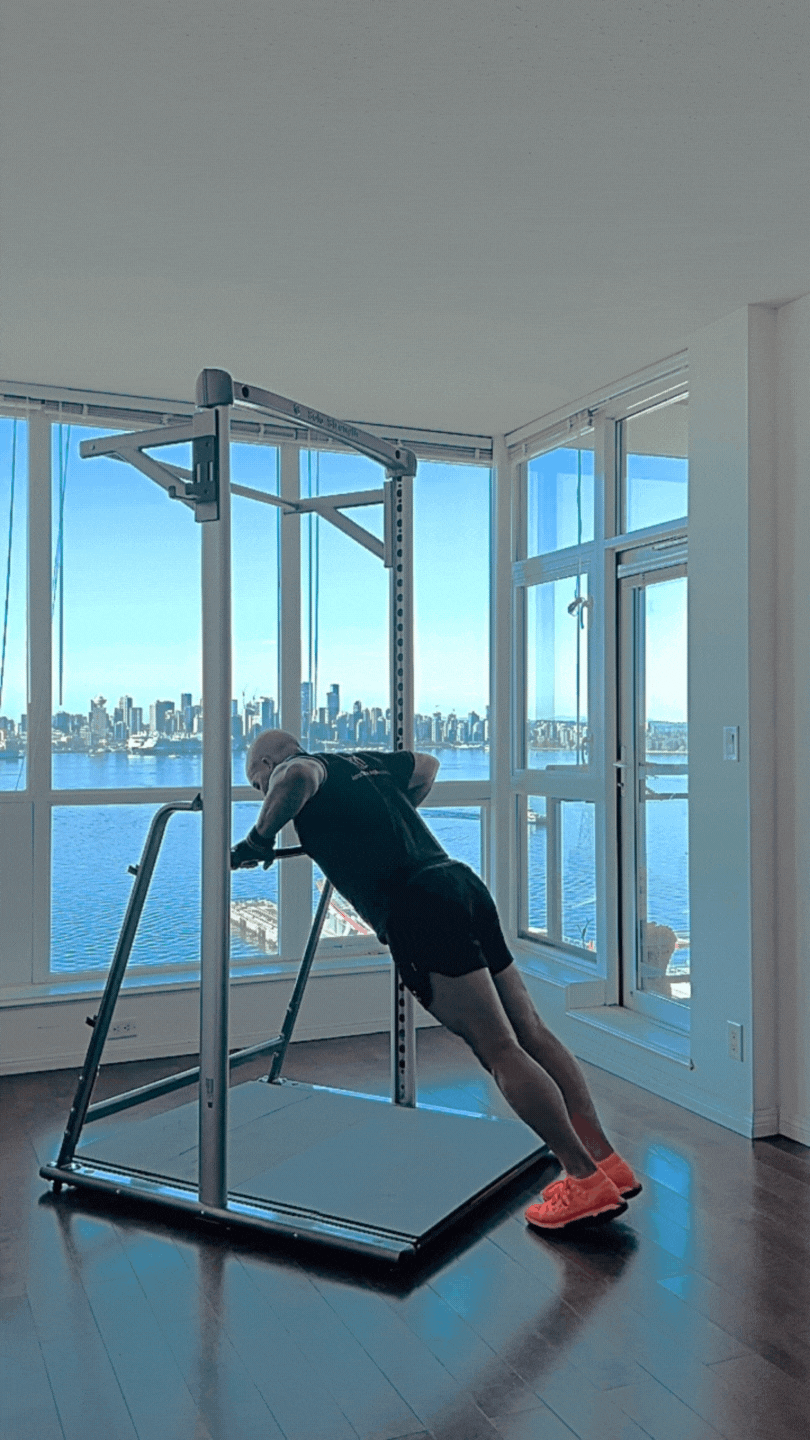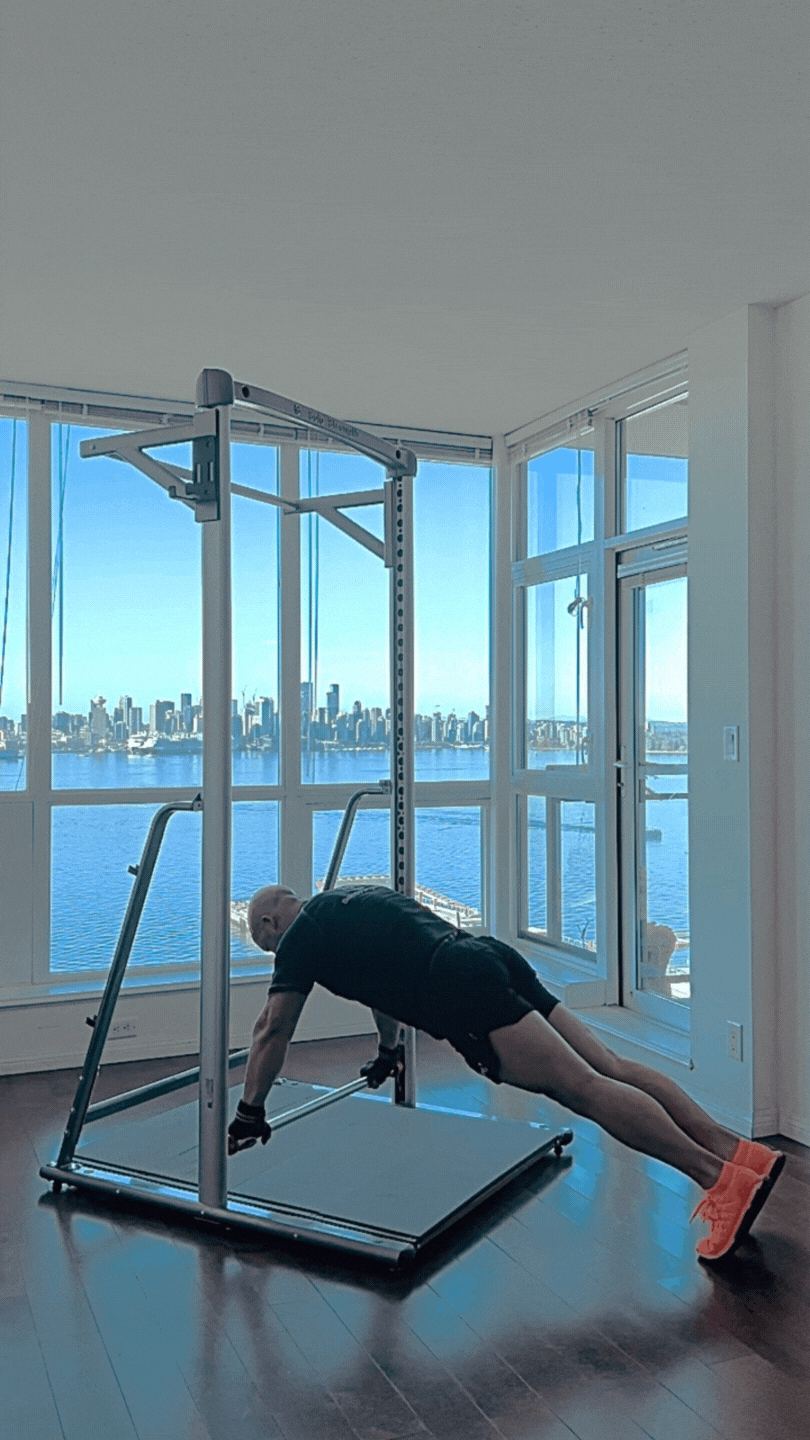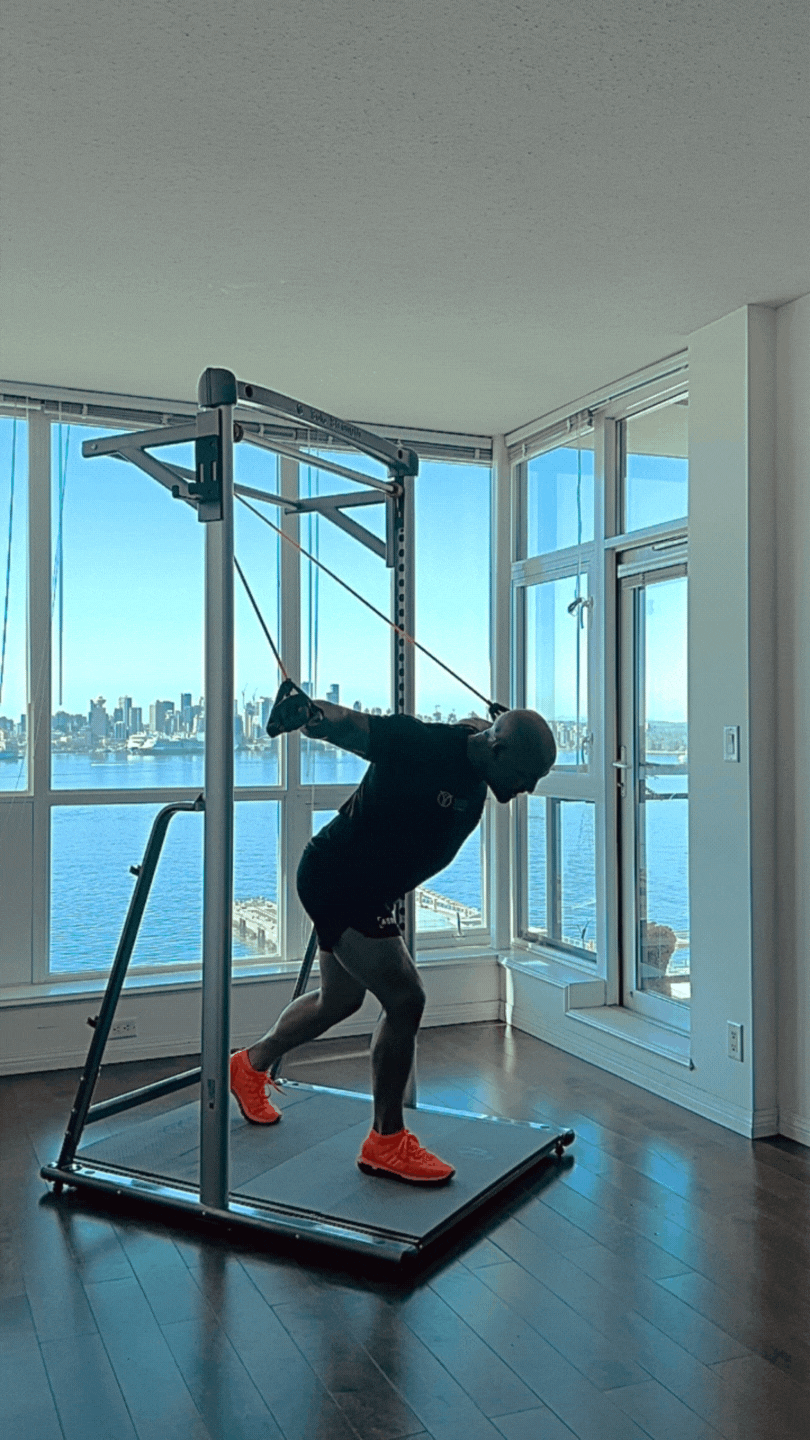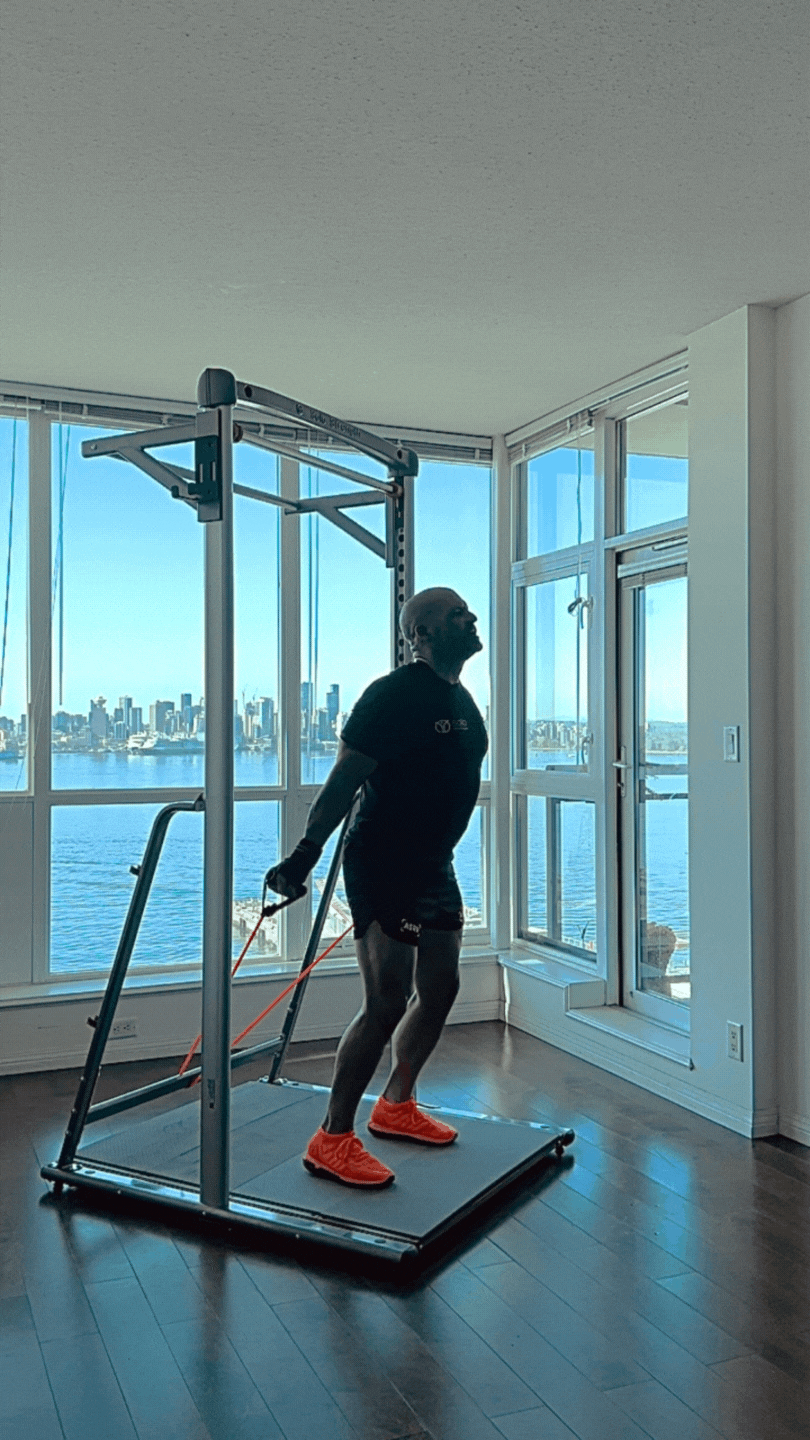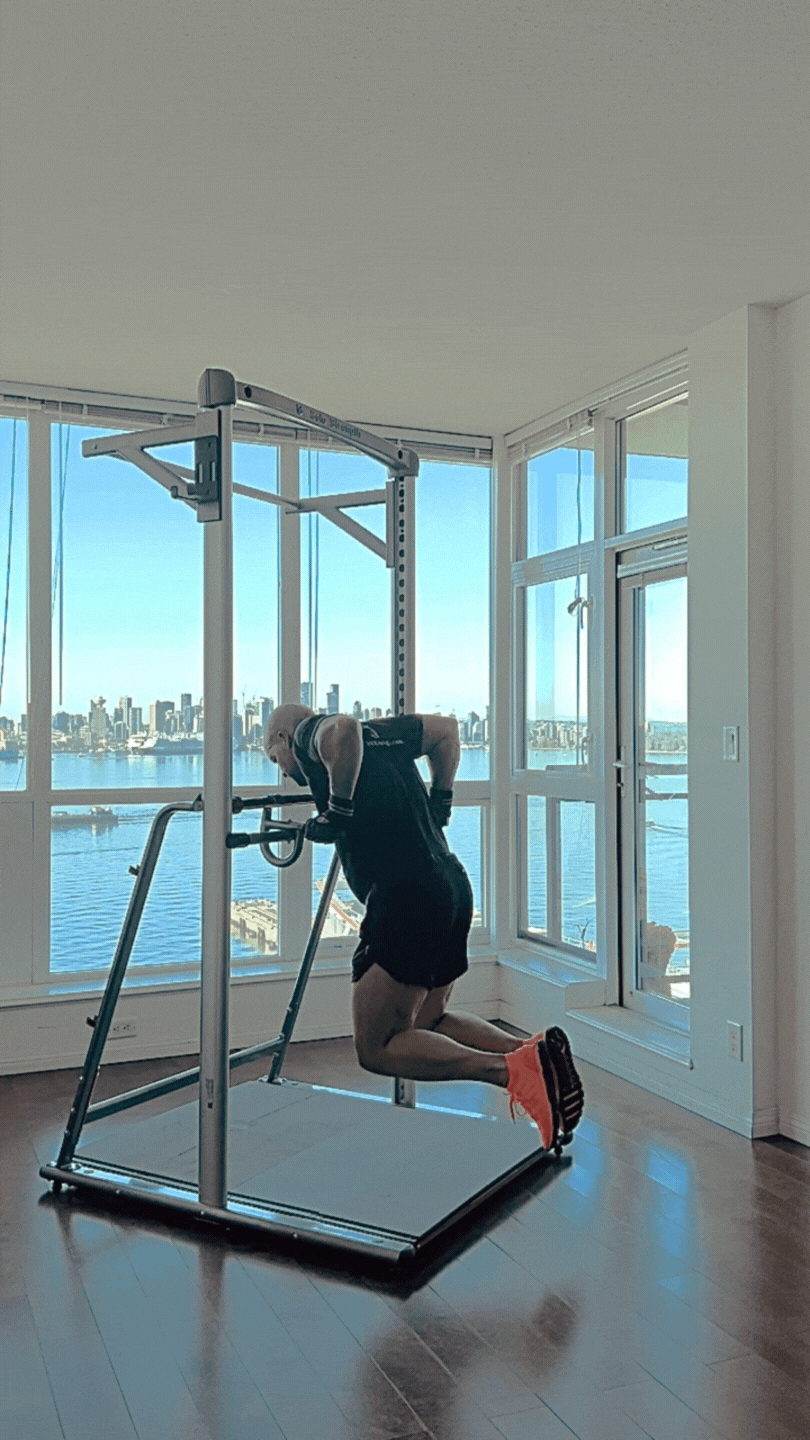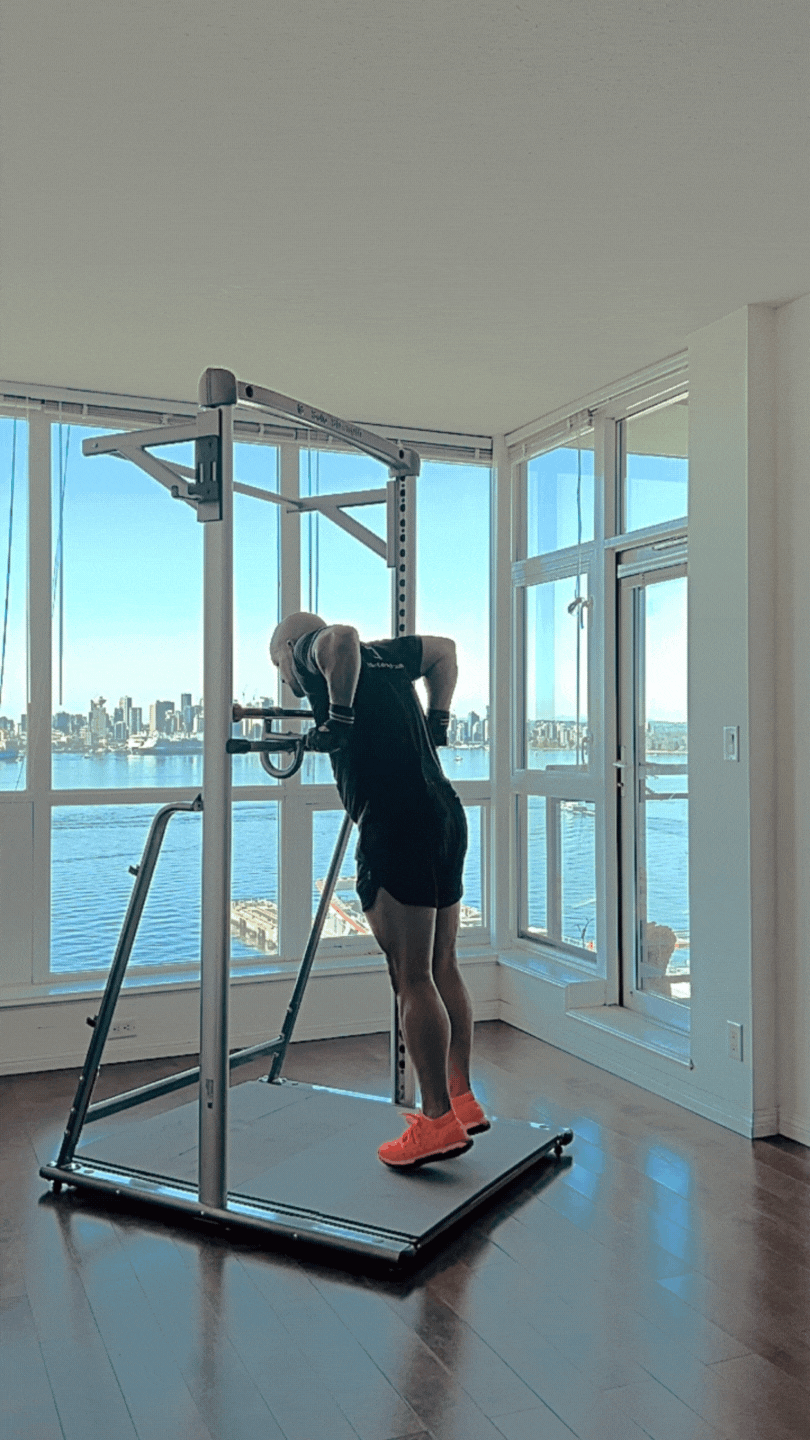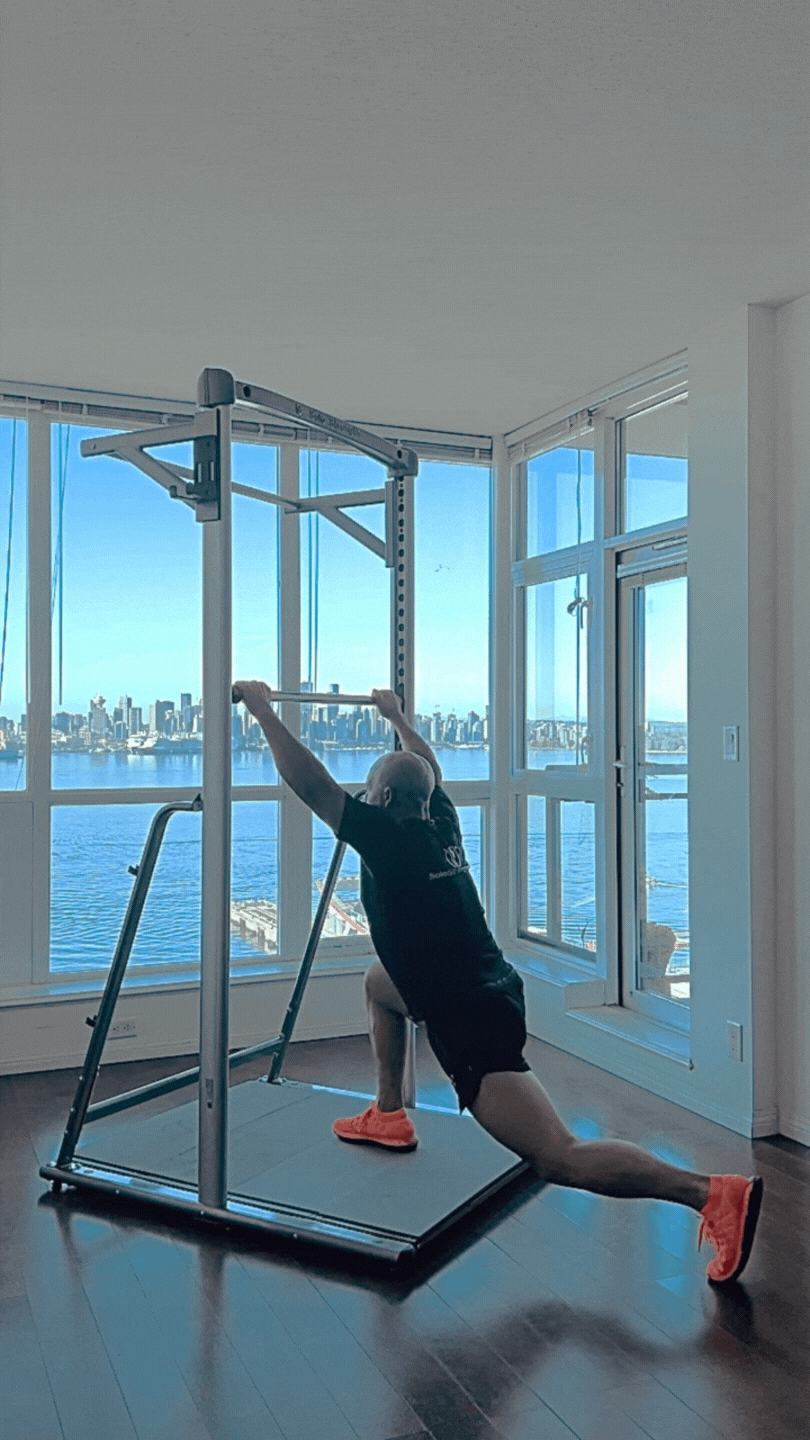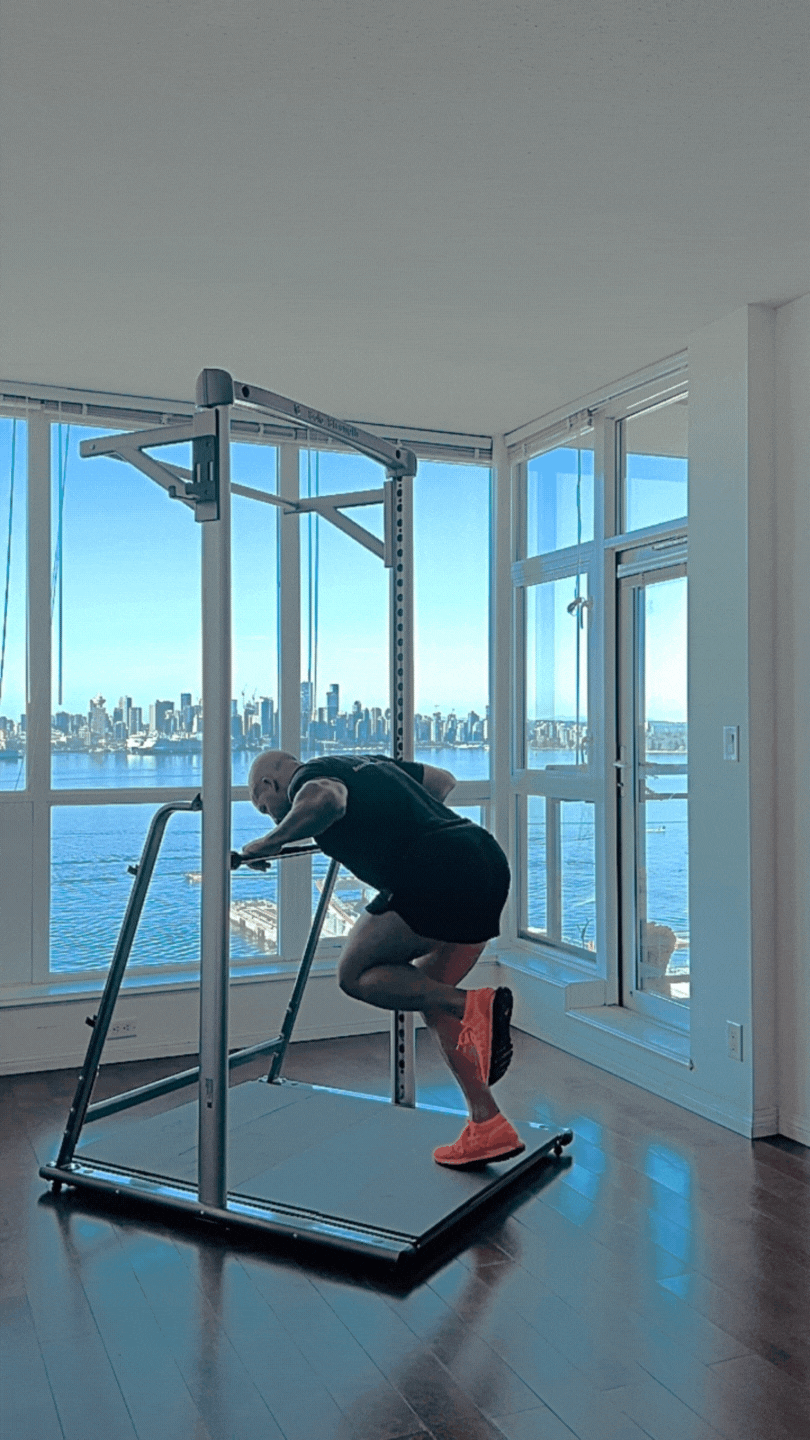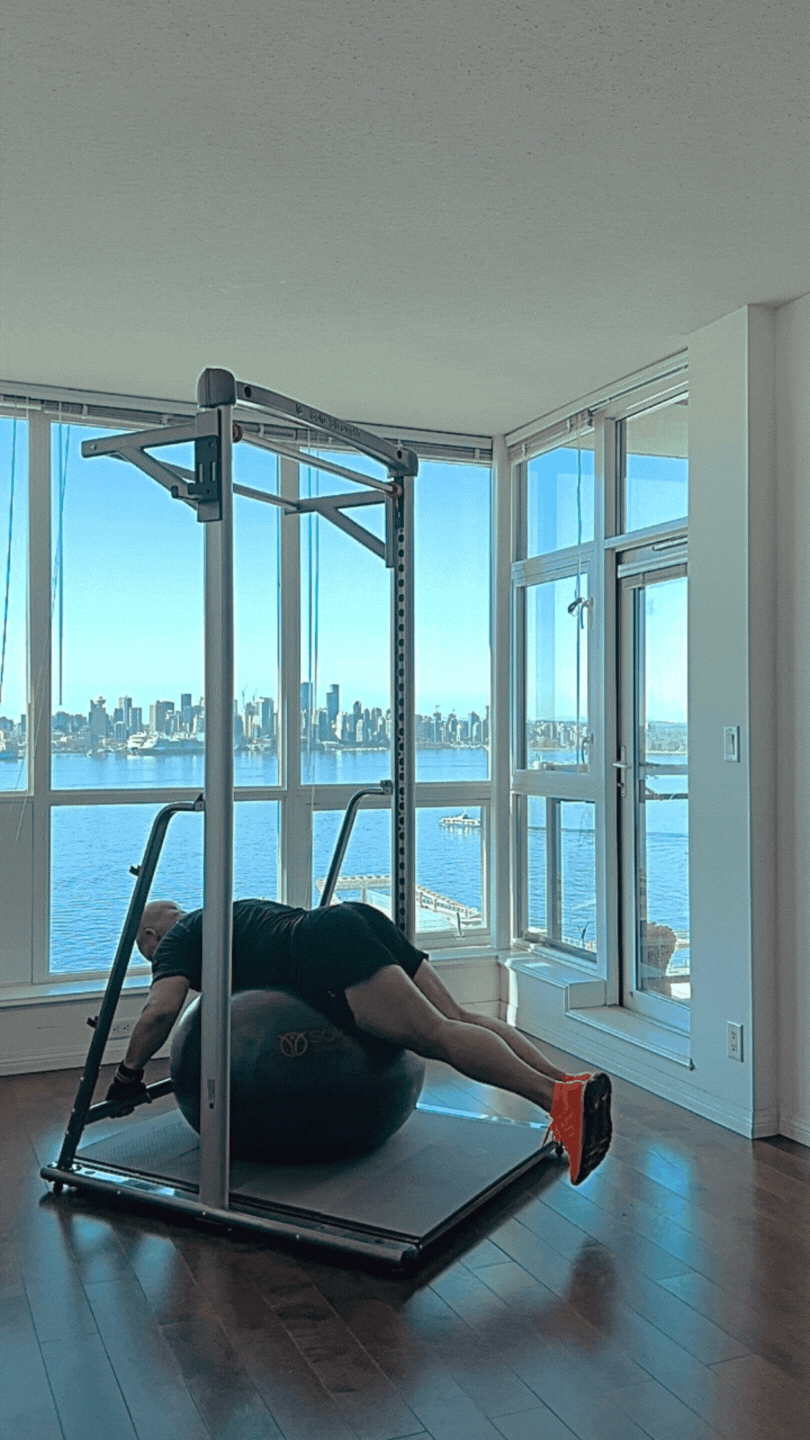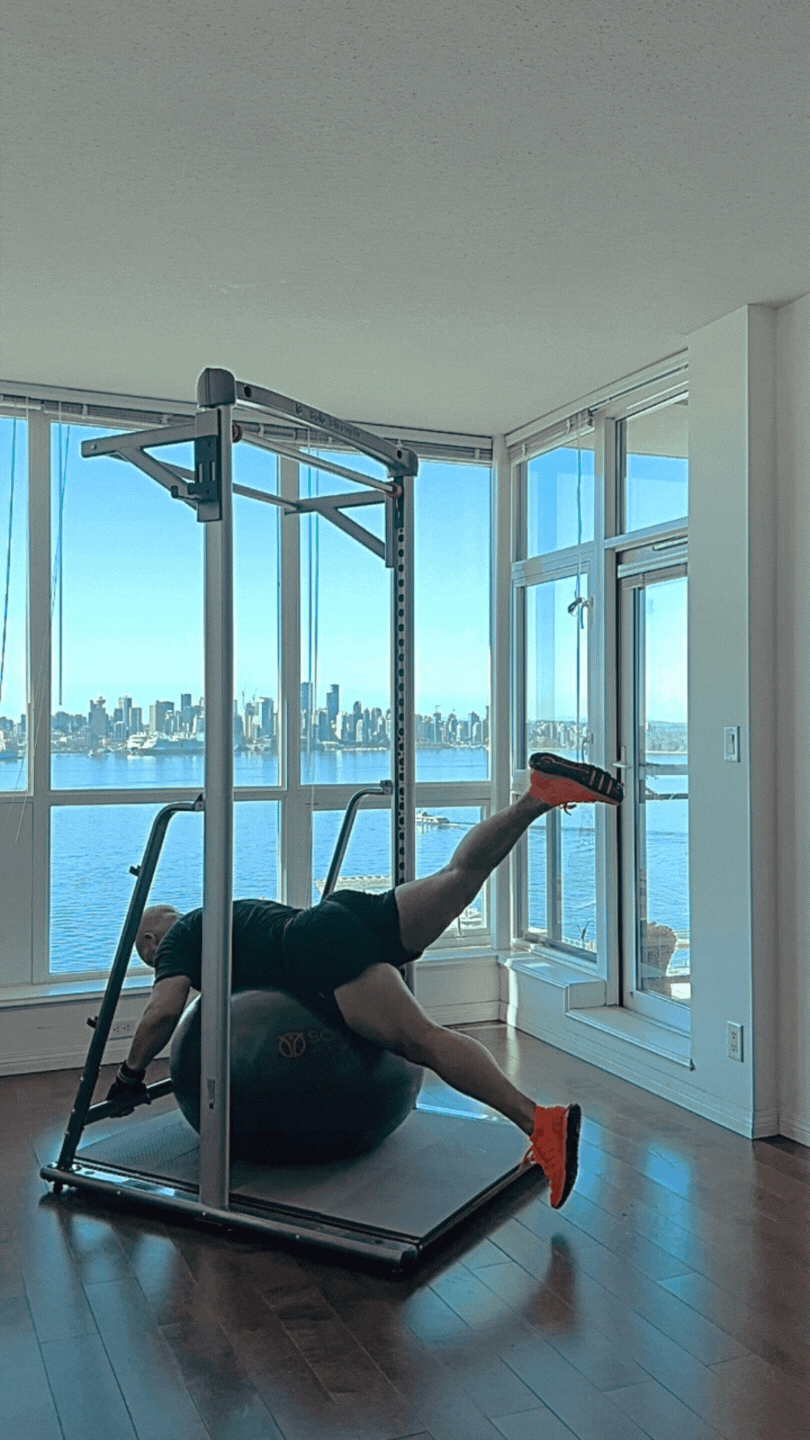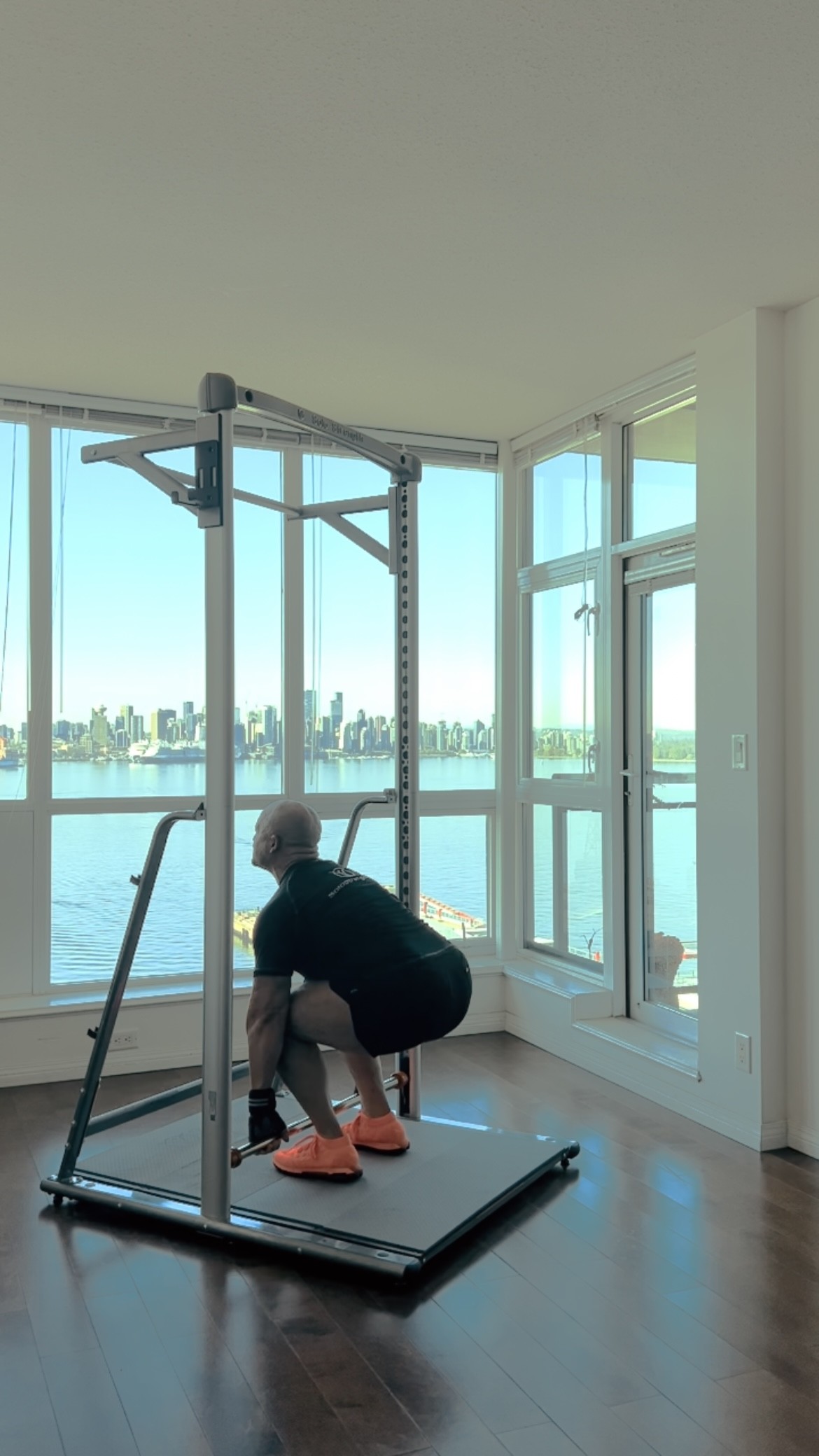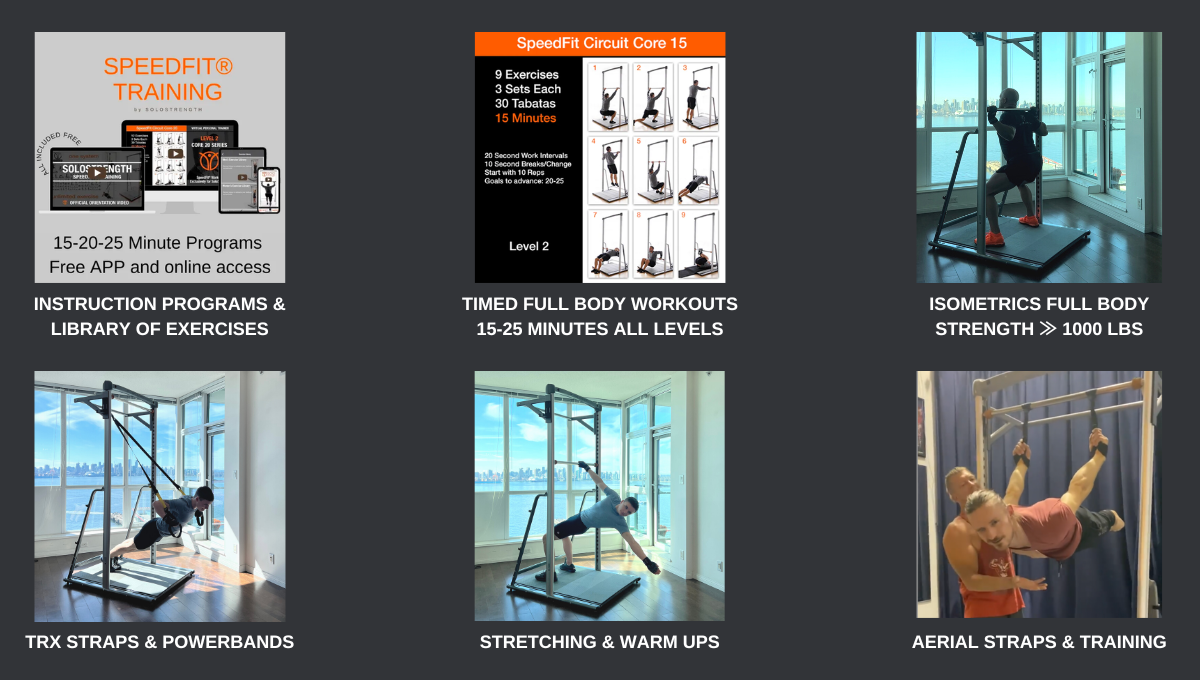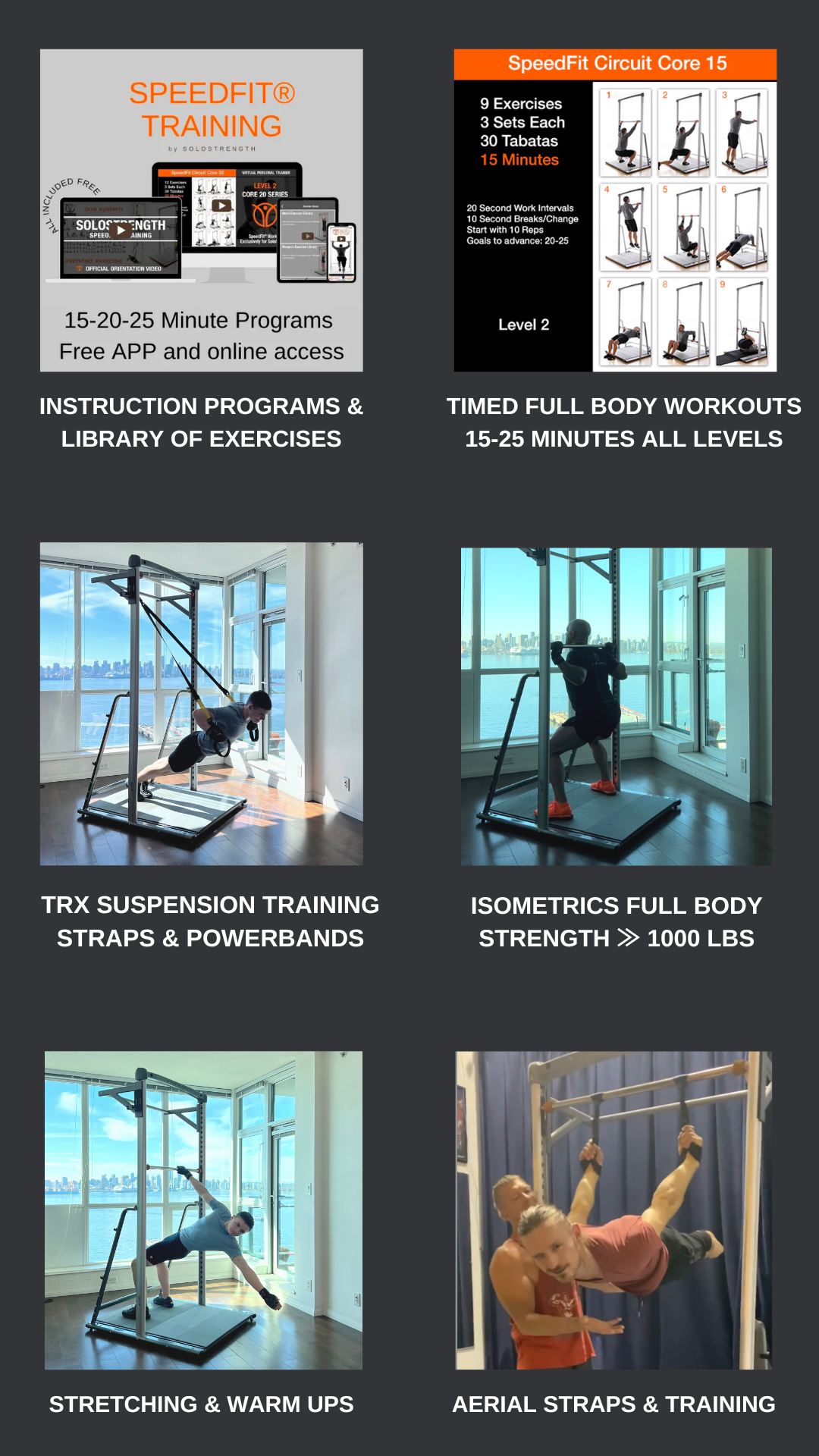Best Body Weight Chest Exercises and Variants
Part of the SoloStrength Body Weight Exercise Series
Introduction
Lifting heavy weights at the gym isn’t the only way to build a strong back. In fact, bodyweight fitness is one of the most efficient methods to strengthen the build back strength, flexibility, and stability, all while minimizing the risk of injury. It doesn’t matter if you are a beginner or an advanced athlete, there are bodyweight exercise variations for everyone.
The chest muscles consist of the pectoralis major and minor, the serratus anterior, and the anterior deltoids. These muscle groups play a crucial role in upper body movements, such as pushing and pulling, and stability. Body weight exercises can effectively target and build strength in these muscle groups, helping to improve your overall upper body strength and function.
The pectoralis major is the main muscle of the chest, playing an important role in flexing and adducting the arm. The serratus anterior, in particular, helps to stabilize the shoulder blades, while the anterior deltoids play a key role in shoulder movement and stability. By including exercises that target these muscles along with the chest, you can create a well-rounded and comprehensive chest workout.
Benefits of Chest Training: There are several reasons why chest training is important, including:
Improved posture
Reduced risk of injury
Enhanced athletic performance
A more aesthetically pleasing physique
Increased strength and stability for everyday activities.
Table Of Contents:
Chest Press
How to do them:
Start by positioning yourself in front of the SoloStrength Training Station with the bar at its lowest height.
Place your hands on the bars with your palms facing down and your arms extended. Your feet should be together on the ground and your body should be in a straight line from head to heels.
Lower your body towards the bars by bending your elbows and keeping them close to your sides.
As you descend, keep your core engaged and your body in a straight line from head to heels.
Once your chest is a few inches away from the bars, pause and then push back up to the starting position.
For an easier variant, either perform the pushups on your knees instead of your toes or raise the bar on the SoloStrength.
Spiderman Press
How to do them:
Start in a high plank position with your hands placed under your shoulders on the bar of the SoloStrength Training Station at its lowest setting and your feet together.
As you exhale, bring your right knee towards your right elbow while keeping your left leg extended and your core engaged.
Pause for a moment with your right knee close to your right elbow.
Perform a pushup by lowering your body towards the ground, keeping your core engaged and your body in a straight line from head to heels.
As you inhale, extend your arms and push back up to the high plank position.
As you exhale, extend your right leg back to the starting position.
Repeat the same movement with your left leg, bringing your left knee towards your left elbow and performing a pushup after.
Alternate between bringing your right and left knees towards their respective elbows and performing a pushup after each one, performing the exercise in a continuous and controlled manner.
Keep your gaze forward and your body in a straight line from head to heels throughout the exercise to maintain proper form and alignment.
For easier variants, consider raising the bar on the SoloStrength.
Chest Flys with Bands
How to do them:
Start by securing a resistance band to the SoloStrength Training Station bar at minimum or maximum height - depending on whether you want to work upper or lower pecs.
Kneel, with your knees shoulder-width apart, and grab each end of the band with both hands.
Begin with your arms extended in front of you, palms facing each other.
Slowly open your arms out to the sides, keeping them straight and in line with your shoulders.
Pause for a moment at the fully open position.
Slowly bring your arms back to the starting position, maintaining control throughout the movement.
Dips
How to do them:
Begin by facing the SoloStrength Training Station with an attached dip bar above hip level and placing your hands on the parallel bars, with your palms facing down and fingers pointing forward.
Support your weight on your arms and straighten your arms to lift your body off the ground, keeping your legs together and straight.
Slowly lower your body by bending your elbows, lowering yourself towards the ground until your arms form a 90-degree angle.
Push yourself back up to the starting position by extending your arms, keeping your body straight and your core engaged.
For an easier variant, lower the height of the dip bar so that you can assist with your feet.
Tips
Aim for proper form. This takes time and consistency, but if you always make it a priority, you will find that your form naturally gets better over time. This is due to the simultaneous development of your mind-muscle connection. As it develops, you gain better control over and feedback from your body. But as all things, this requires consistency.
Progress realistically. Beginners often experience linear progression for a few months, then plateau. This leads to frustration due to unrealistic expectations. The reality is the gains have become more intangible. Instead of aiming for more weight and more reps, focus on a specific aspect of the movements to improve. Over time, you will see large improvements with this approach.
Always be learning. The key to growth is to continually expand your point of view on a subject, whether it's through reading, videos, or practice. If you already know everything, there is nothing to learn and you will remain stuck where you are.
Combine other forms of sport. Exercising for strength is most effective when done in combination with a sport. For example, the explosiveness and variability in movement in soccer lends itself well to balancing out the controlled environment of body weight exercise.
Go for walks. Movement is essential for both body and mind and walking. The most underrated movement for health is walking. Not only does it improve blood flow to help with recovery, but it gives the mind a break as the neural circuits for walking are contained entirely within the spine.
What’s Next?
Bodyweight chest exercises are a great way to build upper body strength, improve muscle definition, and enhance overall upper body development. Whether you're a beginner or an advanced fitness enthusiast, incorporating these exercises into your workout routine can help you achieve your fitness goals and improve your overall performance.
We hope you found these exercises helpful and are ready to take your training to the next level. In our next article, we'll be focusing on Shoulder Exercises, so stay tuned for more tips and techniques to help you build a strong, healthy, and well-rounded physique.
View more SoloStrength SpeedFit® Training Here.
Or navigate to other articles in this series:
Posted: February 15, 2023
Exclusive for SoloStrength Lifestyle Products.
More and more with SoloStrength...
Choose Your Perfect Ultimate Strength And Stretching Training Station:
#1 Bodyweight Home Gym Workout Systems
NEW Adjustable Pull Up Bar
Calisthenics Workouts
Isometrics Equipment
Bodyweight Exercise Equipment

SoloStrength Adjustable Height Bar Changes Everything
✓ 3 Second Bar Height Changes
✓ No Setup Time To Start Your Workout
✓ Full Body Satisfying Workouts
✓ You Just Feel Awesome Every Workout
✓ Calisthenics, Stretching, Isometrics
✓ Circuits, Cardio Functional, Strength
✓ Get FIT Faster. Stay FIT Forever 💪
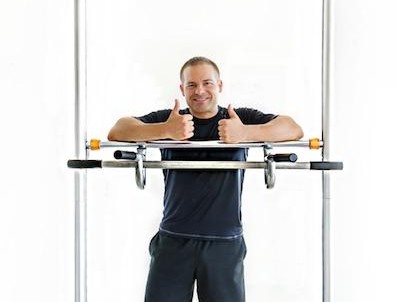
Welcome! Take this opportunity now to SIGN UP FOR MORE!
You can join over 50,000 subscribers worldwide and 1000s of customers who are taking control of their fitness and getting more from their workouts with SoloStrength® training systems!
